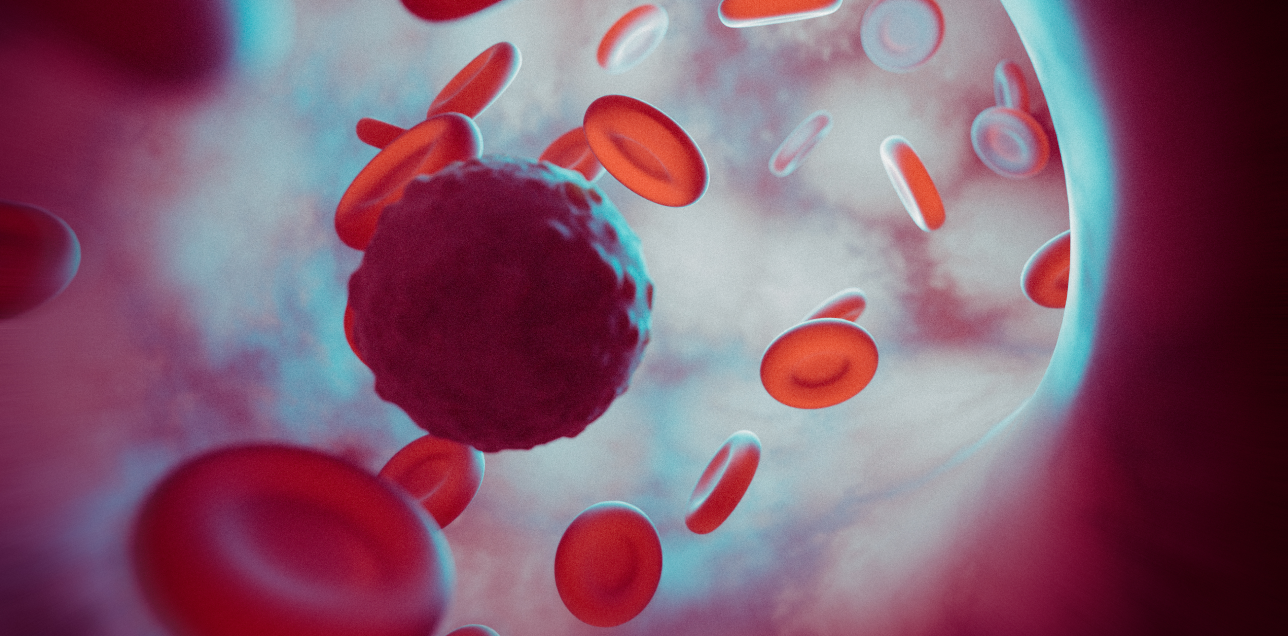A recent call by our AI agent to a 78-year-old woman revealed that she had elevated blood pressure during her last physician visit. But no follow-up had occurred. Our AI agent guided the patient through use of her blood pressure monitor, and recorded a blood pressure of 208/103 mmHg. While she did not report clinical symptoms of a hypertensive emergency, our AI identified the profoundly elevated blood pressure for immediate escalation to a human triage nurse.
AI-Driven Outreach for Scalable and Proactive Care
Our AI agents are revolutionizing patient outreach by enabling scalable, personalized communication to close care gaps and identify high-risk conditions. Through automated yet empathetic interactions, these agents can collect key metrics like blood pressure, identify deviations from recommended targets, and escalate findings requiring immediate human intervention. By increasing touchpoints with patients, our AI agents ensure that critical measurements do not go unnoticed, reducing the risk of complications from undiagnosed or poorly managed conditions.
HEDIS and the Importance of Blood Pressure Management
To manage hypertension, Healthcare Effectiveness Data and Information Set (HEDIS) guidelines emphasize the necessity of controlled blood pressure levels to mitigate risks of stroke, myocardial infarction, and other cardiovascular complications. For this patient, HEDIS requires documentation of blood pressure readings below 140/90 mmHg in the most recent measurement. Failure to achieve these thresholds the burden of preventable cardiovascular morbidity and mortality. Yet, for this patient, if our AI agent hadn’t called and flagged the elevated blood pressure, timely human intervention would likely not have occurred. Addressing these gaps is crucial for meeting performance benchmarks like HEDIS, that reflect the quality of care all patients should receive.
Improving Outcomes Through Increased Engagement
The integration of AI into healthcare systems enhances the ability to monitor at-risk populations consistently and cost-effectively, and close critical care gaps. Frequent, data-driven engagement fosters earlier identification of issues before they progress to emergencies. Beyond addressing clinical needs, AI tools empower patients by maintaining regular communication and reinforcing health literacy. This scalable approach not only aligns with HEDIS performance measures but also exemplifies how technology can serve as a proactive force in improving cardiovascular outcomes while reducing preventable adverse events.

